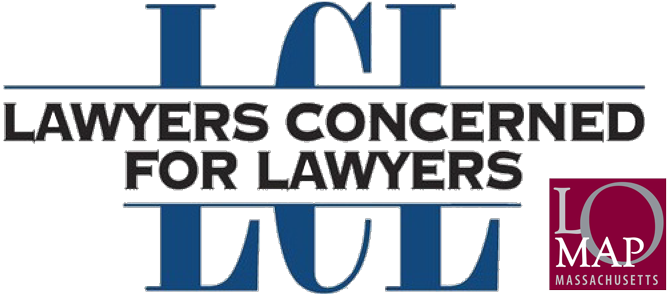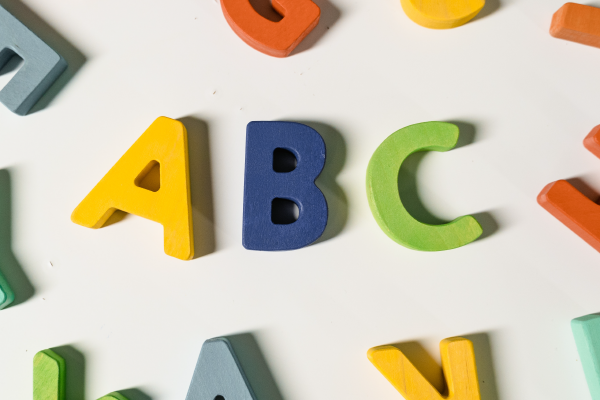One of the most frequently asked about subject matters we address at LOMAP concerns templates: how do I get ‘em; how do I tweak ‘em; how can I create effective workflows usin’ ‘em. While it’s true that most of these questions come from new lawyers, we do get occasional template requests from more senior attorneys, as well. And, all of those folks can rejoice a bit today, because we have some better answers to those questions. Gerrit Betz of Exemplar Law, LLC (apparently, the rest of the office is staffed by penguins; that’s right, I said ‘penguins)’ offers below his take on effective processes for developing a template library. We’re delighted that Gerrit has taken the time to write this post, and to let us publish it here*. Gerrit works with start-ups and small businesses on the full range of their corporate legal issues. He has experience in drafting, reviewing and negotiating IP license agreements, trademark registration, corporate formation and governance and with compliance in private offerings of securities. You can read more about Gerrit at his bio page at Exemplar. Sorry, that’s definitely not it. Here it is.
. . .
I’m a new lawyer; and, therefore, much of what I do, I do for the first time. In fact, the few times that a repeat task has come up, I’ve been practically overjoyed at the extra confidence and comfort that I felt.
But, if I don’t have any templates ready, all those good feelings just disappear. It’s best to memorialize your experience in a near-final product, because you won’t remember that much of it when it takes a month for a repeat project to come along. Read on, and join me in a commitment to save time, reduce errors and scale your knowledge more effectively.
Step 1: Reading like a Connoisseur and Gathering Samples
Begin with the work you’ve already done. Go through documents you’ve worked on yourself and extract and organize the good parts, saving them in their own space.
Next, look outward. When anyone else hands you a document — whether it’s in a contract negotiation or a summary judgment motion — try to give it at least a cursory scan, with the mindset of a connoisseur. You may automatically notice others’ mistakes, so it won’t be hard to train yourself to notice others’ drafting achievements. Really hone in on the best passages and set them aside.
After you have saved the prized passages, go immediately back to what you were doing. You want this gathering activity to become a simple habit, and not a time waster.
That said, don’t copy whole documents. Especially in the beginning, you may be tempted to save any “motion for XYZ” wholesale in your templates folder. And, while this might be fine for very short documents, or documents whose value is mostly in their formatting (e.g., cover sheets or shareholder capitalization tables), it won’t work generally.
Trying to use a long document as a sample or template introduces a lot of complicating factors:
* It brings in the bad with the good. Unless you already have access to a highly targeted database of templates, there’s a low chance that an entire document is in fantastic shape. Typos, old and inapplicable terms, and incorrect citations plague even the best-drafted documents. By taking bites that are too big, you are inviting these artifacts to infect your writing, too.
* It’s harder to proof. Just for fun, check only this paragraph for typographical errors. Did you find any? I hope not, because I checked it, too. I’ll say with 90% confidence that it’s error-free. But I won’t say the same of the rest of this article, because it’s much bigger! I could proof it over and over and still miss glaring mistakes. Proofing small sections of text at a time allows you to really purify them.
* You’re only putting off the hard part. By saving an entire document as your template, you’re saying to yourself, “I can use this the next time this issue comes up.” But you can’t. You don’t know what’s inside of it because you haven’t wrestled with every single word. You want your library to be truly yours.
Step 2: Refining the Good Stuff
After some time, you’ll hopefully accumulate plenty of samples of text that you liked for one reason or another. Now you need to make them your own.
Starting out, duplicity is great. If possible, gather 2-5 examples of text that deal with similar issues. This shows a range of what is accepted or common practice.
Distill these into your own style. Try to compose them in a modular way so that you have an over-inclusive checklist from which you can simply delete unnecessary text (without introducing grammatical errors!). Here’s an example of a few “miscellaneous” terms with appropriate bolding for edits or deletion:
1. Non-Business Day Grace. If this Agreement sets a deadline or requires action on a day that is not a regular business day in the United States of America and the state of Massachusetts, the deadline or required date of action will be moved to the next regular business day.
2. Termination. Either Party may terminate this Agreement upon sixty (60) days written notice for no cause, or immediately for cause.
Certain of these terms probably won’t be necessary in every instance. But full-inclusion in a template is good for two important reasons:
1. deletion is faster than creation, and
2. now you have a checklist! A checklist will save you from lapses of memory or judgment by reminding you every single time of all the possible issues that may arise.
Step 3: Implement!
This is where the hard work pays off. The next time you have to produce a draft, I suggest starting with an ordinary outline. You’ll probably have some items in your outline like “definition of a disability under the ADA” or “shares vesting monthly for 3 years.” Now, replacing these with final-version text starts with a simple copy, paste and proof.
To ease proofing, tag the parts of your text that are dangerous. The dangerous parts are ones that sometimes don’t apply or that are sure to vary in each instance. Use your word processor’s highlight feature or anything else that will catch your attention and is guaranteed not to slip by you when you mail that document or send it as an attachment.
For Microsoft Word users, I also suggest inserting comments where special attention is required. Depending on your view settings, doing this creates a margin to the right of the page that will trigger you to address and delete each comment before you send it to any end users.
Lastly, remember that checklist comment? If you have a call with the client or opposing counsel, for example, you can use your template as an agenda for the call. You’ll have highlighted the items that require more information or agreement, which will reduce your incidences of “oops, I forgot one last thing.”
Now build those libraries and reap the benefits!
When refining, consider tips from these helpful links:
–Jay Shepherd’s 20 Ways to Write Like a To
ol (blog)
–Plain English for Lawyers (also available at most law school libraries)
*This post was originally made to the Boston Bar Association New Lawyers Section homepage.



